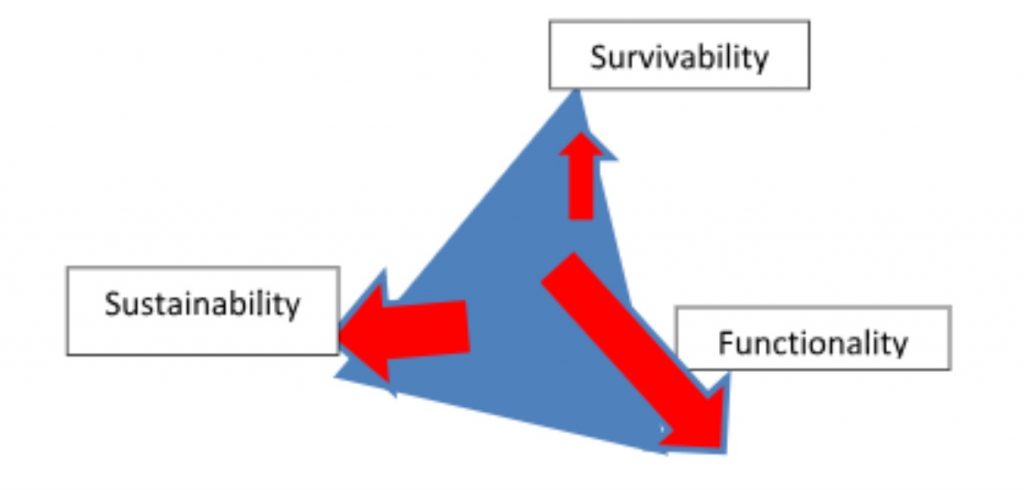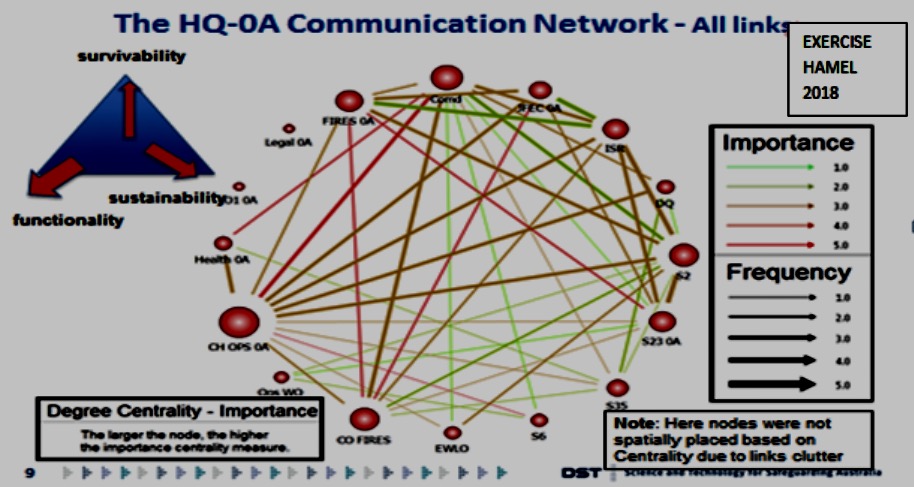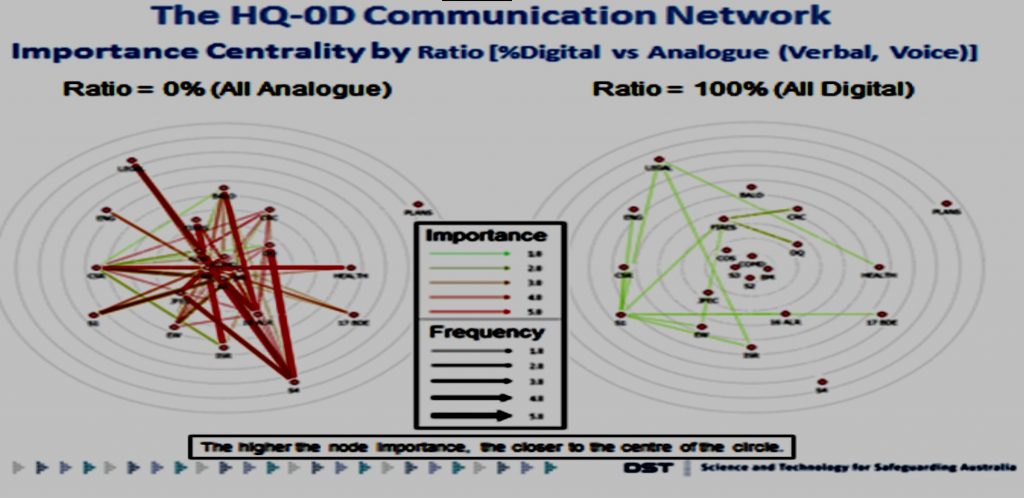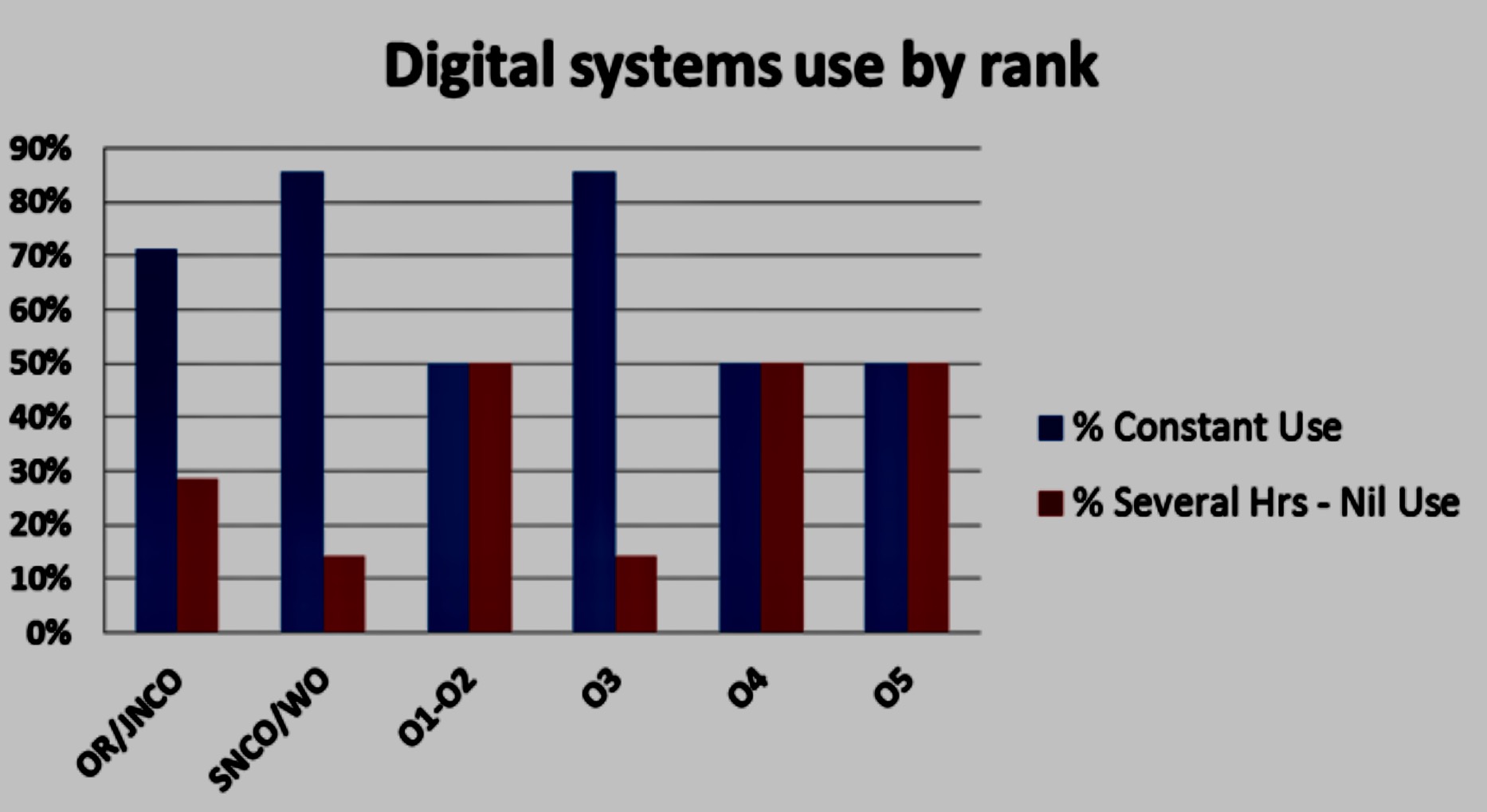'Size does not matter. Look at me. Judge me by my size do you?
And where you should not. For my ally is the Force, and a powerful ally it is.
Life creates it makes it grow. Its energy surrounds us and binds us …' Yoda[1]
Exercise Hamel, recently conducted at Shoalwater Bay Training Area between Jun-Jul 18, witnessed a new-comer to the tactical makeup of the Blue Force: Operations Analysis (OA). Whilst Headquarters Joint Operations Command have been deploying analysts from Defence Science and Technology (DST) Group into operational theatres since 2005, until now OA has not been meaningfully involved in the Joint Exercise arena. So what is OA and does it have a part to play in a digitised, technologically advanced defence capability?
In creating the philosophies of Yoda in the Star Wars movies, George Lucas borrowed heavily from the 2,500 year old works of Chinese warrior/author Sun Tzu. In his treatise The Art of War, Sun Tzu describes in great detail a truth that binds all things; a force that if studied and understood will permit its student to live in accordance with the 'way of life'. Life, death, war, peace: they are all parts of this truth, and just as artists of other disciplines are guaranteed success if they master their chosen art, then Sun Tzu argues, so is the case with soldiers. The secret is making decisions not based on what you think is true – but what you know is true. In modern parlance this is known as evidence-based decision making.
Operational Art meets Operational Science
Much has been written about the 'art' of war, that aspect of leadership that allows a commander to use imagination and creativity while basing many of their decisions on 'intuition' or 'gut feel'. However this comes with a catch: professional military judgement can be biased and flawed, leading to poor decisions in the face of an enemy. Rank, experience, fatigue, stress, and incomplete information can all impact decisions and skew outcomes.
Enter OA, a scientific method designed to collect, clean and analyse data and offer outcomes based on evidence rather than human perception. The hypothesis is that OA can be a powerful tool, not necessarily to replace a commander’s judgement, but to supplement or complement it. Consequently, a commander’s decision when backed by quantitative evidence can be a war winner.
Ex Hamel 2018 was a unique opportunity to showcase OA at the tactical level and demonstrate to commanders some of the utility of carefully articulating a problem, visualising the data, and then making a decision based on that data.
OA Supporting the Readying Combat Brigade
Early engagement with 7th Brigade Headquarters revealed that the Commander faced a problematic dilemma: how to optimise the functions of each headquarter (HQ) cell whilst also ensuring the HQ’s survivability in the modern battlespace without impacting on its viability and functionality. It was apparent that there were three key forces at play, each pulling separate components of the HQ in different directions. The result was a tension between the imperatives of survivability, functionality and sustainability for the placement and separation of each of the functions performed by HQ cells.

To solve this problem, it was necessary to understand the way each cell functioned and their dependence on digitisation vs analogue / face to face communications. A survey was conducted of each node in the command function and an attempt made to understand the importance of connectivity between nodes and the frequency of the linkages. The resulting reliance on digitised communications was determined on a scale of 1 – 5, the implications being that total reliance on digitised communications could mean separation from the face to face command element and enhanced safety of distance from combat action zones.
In order to best demonstrate the relationship between each of the function cells of the HQ, a Social Network Analysis tool was employed. This allowed the command team to visualise internal relationships and place functions geographically based on real rather than perceived interactions.

A further step in the visualisation of the HQ nodes in operation was an attempt to separate those functions very reliant on human interaction (the Commander and his key operations staff) from those largely supported by digital systems (logistics and resupply functions). The outcome suggested a that split of the HQ in two, three or even four functional groups would offer greater survivability whilst still allowing maximised functionality.

The Question of Digital Culture
In order to ensure credibility of the Social Network Analysis across the digitalised combat brigade HQ, it was essential to examine the human element in a series of qualitative surveys. Was the data collected on nodal connectivity reflecting reality, or were there human-made biases within the system that we needed to be aware of? Did every soldier surveyed reflect ground truth as expected of a fully digitised mature HQ, or were there inconsistencies in the data pack due to rank, age or experience? The following diagrams are indicative of the findings, and show that there are indeed variations in perception of the frequency and importance of digitisation across the age and rank spectrums.


Summary
The engagement of Operations Analysis at the tactical level during Exercise Hamel 2018 was not designed to be a definitive study. Rather, it was an opportunity to demonstrate the utility of supporting a commander with evidence derived from the careful collection and analysis of data. No changes were made during the exercise to the composition of HQ groups, however a direct result of this study has been early engagement with Headquarters 1st Brigade who will shortly take up the “Readying” position, and who will have better awareness of the reliance on digital systems of each of its HQ elements to determine their functionality splits.
As a direct result of these activities the following lessons were identifies and, we contend, should be re-visited and refined during future joint exercises:
- Hamel 2018 provided an excellent opportunity for commanders at several levels to be exposed to concept demonstrations of functioning OA. This has been embraced with a keen sense of urgency looking for future opportunities.
- DST Group has had the opportunity to practice supporting procedures by sending teams forward and exercising its reachback capability as it refines engagement interfaces with the Australian Defence Force (ADF). Both DST and the ADF have strengthened their relationship and mutual understanding, demanding greater involvement from Science and Technology elements in future exercises and operations.
Better use of data = better decision = better operational outcomes.
The Way Ahead
The Defence Science and Technology Centre has recently been approached by Director General Training and Doctrine, HQ Forces Command, who has requested a follow-on study by operations analysts during Talisman Sabre 2019. This work will allow deeper analysis and visualisation of the internal relationships of a digitalised combat brigade HQ. He has also set the foundations for work answering the vexed question, 'Has digitisation increased the tempo or lethality of a combat brigade?' Although still in an embryonic stage, initial efforts to establish a baseline and metrics for future comparison (digital brigade effectiveness vs non-digital brigade) has already commenced and the relationship between commander and supporting science enhanced. Although only a small element of future ADF commitment around the globe, OA has demonstrated it has much to offer and is fast being recognised as a powerful tool aiding better decisions based on real data.
[1] Star Wars Episode V: The Empire Strikes Back









